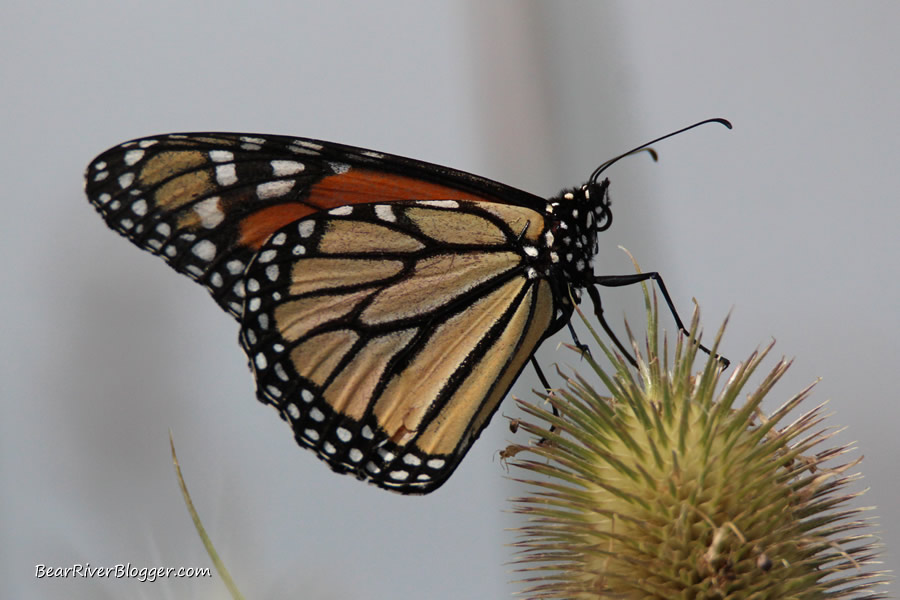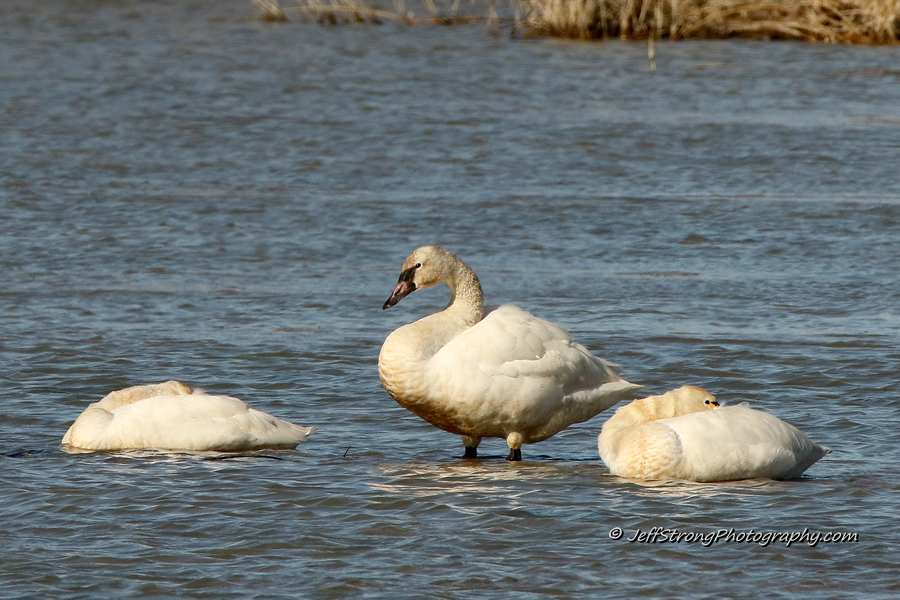As a youngster who grew up on the outdoorsy end of the spectrum, me and my friends would spend hours exploring the nearby fields almost daily during summer, and as such, I was constantly coming home, well, quite dirty to say the least, much to the disapproval and frustration of my loving yet very patient mother.
And on many of these excursions, I’d arrive back at the house covered in stickers from a most prickly type of plant we’d find along the way, a strange-looking piece of vegetation I commonly referred to as, well, thistle.
I don’t know why either, it just seemed to fit so that’s what we called it back then.
Maybe it was due to the seemingly endless pieces of dried husk that so easily attached themselves to my clothes as I worked my way through the weeds, thickets, and briars while searching for birds, bugs, and whatever else I could find on my journey, causing me to pick these small shards out of my shoes and socks for weeks on end afterward.
It wasn’t until a few years ago when I started to blog about nature that what I incorrectly thought was thistle is actually called teasel, a totally different plant altogether and one that, much like milkweed, is quite often misunderstood and has a great benefit to monarch butterflies as a nectar-producing plant in late summer.
Yes, you read that right, teasel is a late summer nectar-producing plant monarch butterflies will feed on when it is in bloom.
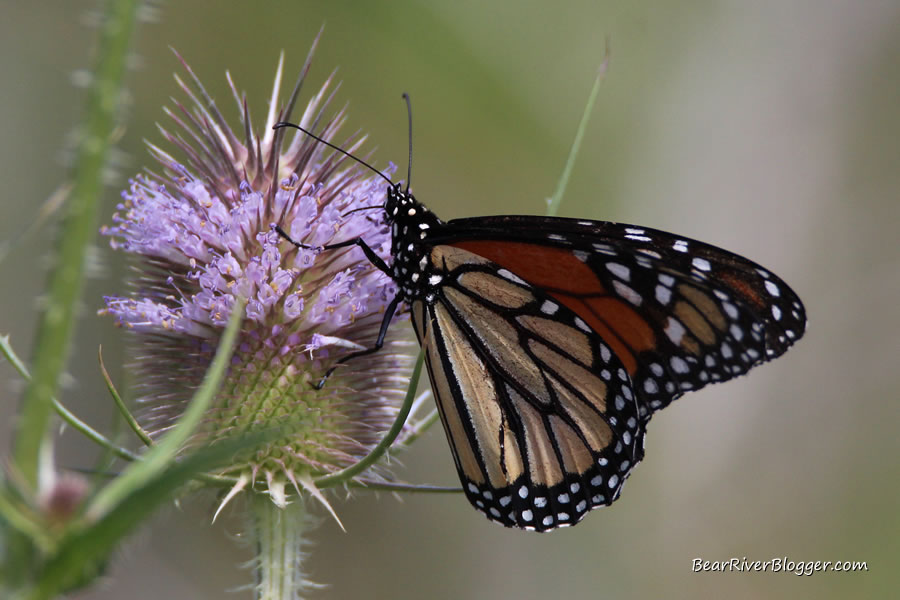
Over the past weekend, I was able to watch and photograph several monarch butterflies on the Bear River Migratory Bird Refuge auto tour route feeding on a patch of teasel that was still blooming.
We often think of nectar-bearing plants for butterflies only as soft, beautiful, and colorful flowers that adorn our gardens and parkways but the truth is, many of nature’s most beneficial plants aren’t the prettiest or even very well known but they are out there getting the job done when the more popular commercial-borne nectar plants aren’t available or won’t even grow in poor soil or very dry conditions.
Teasel certainly fits that description right down to the letter.
(Checkered White Butterflies Feeding On Sunflowers. For short nature clips like this one and interesting stories about the natural world around us, check out our Bear River Blogger channel on YouTube for videos and updates from our travels while out in nature, both on and off of the famed Bear River Migratory Bird Refuge.)
Even when it is blooming, teasel doesn’t show itself off as a beautiful flower per se but it does offer nectar to a variety of pollinators in places more sought-after plants can’t grow on their own.
Standing on the edge of the Bear River this past Saturday I was able to watch and photograph several types of pollinators feeding on teasel, starting with the monarch butterfly but also including a sphynx moth, a checkered white butterfly, a sulphur butterfly, and a variety of bees.
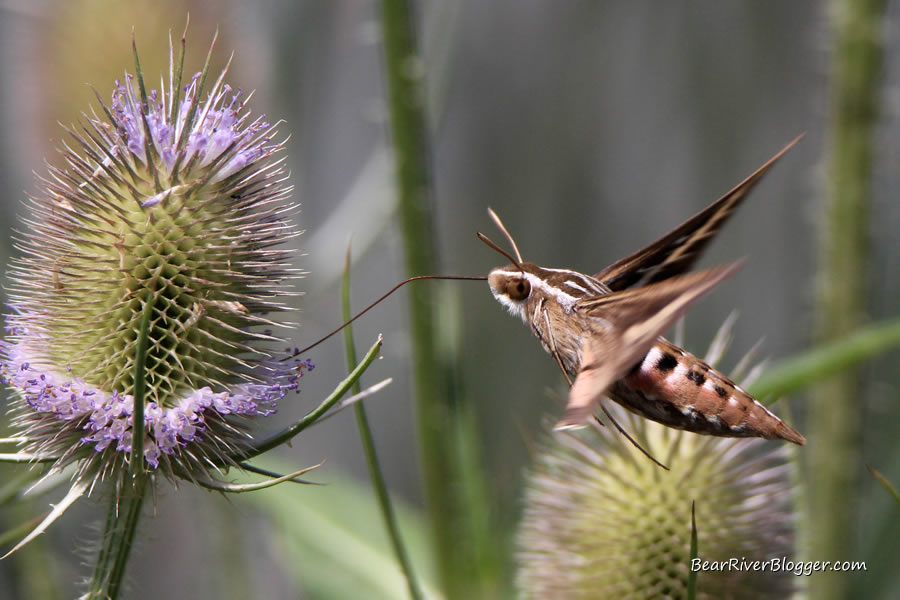
In fact, all of the images for this particular blog post were taken on the Bear River Migratory Bird Refuge a few days ago as I stopped to watch several male monarch butterflies patrol the river’s edge, one location on the refuge loaded with both milkweed and teasel, in search for a mate.
With very few sunflowers out in bloom and it being too early for the rabbitbrush to start blooming, the teasel was about the only plant on this part of the Bear River Migratory Bird Refuge that was in bloom and offering nectar to a batch of hungry pollinators.
In years past, I have also watched hummingbirds feed on nectar from a stand of teasel plants down the street from my house one day, and a few weeks later when the plant has dried and gone to seed, a bounty of hungry goldfinches were pecking at the spiky offering to get at the seeds for a quick meal.
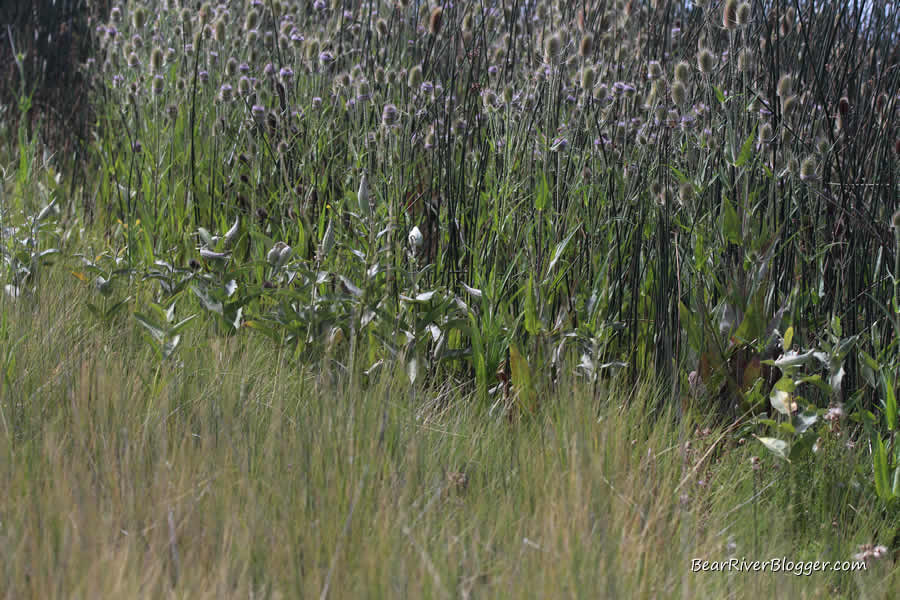
The truth is teasel offers both nectar to a variety of pollinators while in bloom and a bounty of seeds to goldfinches and other small birds when it has dried a few weeks later.
It might not be a very appealing plant by any means but teasel is quite beneficial for pollinators, especially out here in the western united states where nectar-producing plants during late summer are sometimes hard to come by.
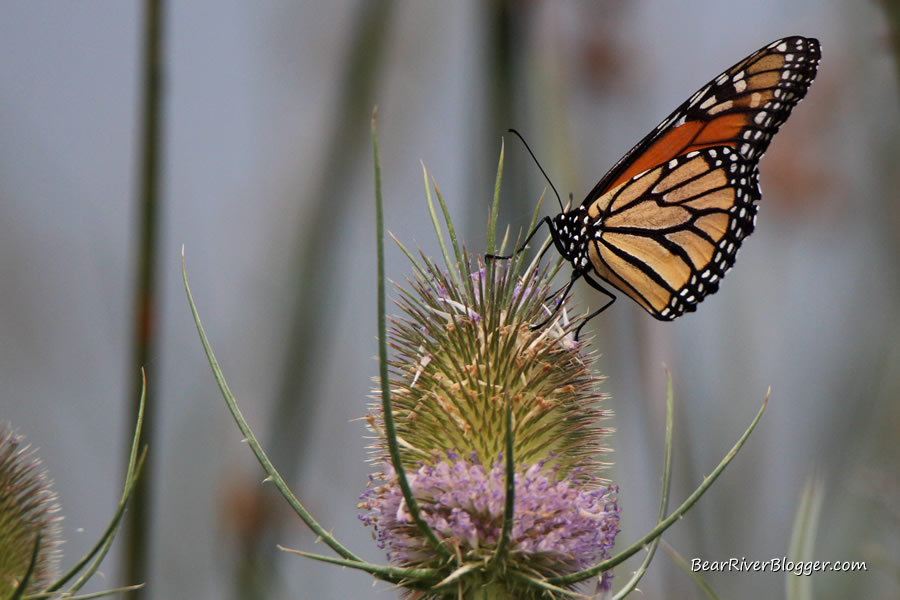
So if you happen to come across a stand of teasel in bloom, a seemingly less-than-appealing plant showing off its light pink blossoms to the world, stand and watch for a few moments and see what pollinators come to feed on the nectar.
You just might be pleasantly surprised.
If you are a lover of all things nature, birds, bees, butterflies, dragonflies, and the like, we offer you to head on over to our subscribe page and sign up for email notifications for future blog posts where we try and show the beauty of the natural world around us through photography and the written word.
We also invite you to check out our online store Bird Shirts and More if you are in the market for a nature-related gift, either for yourself or a friend.
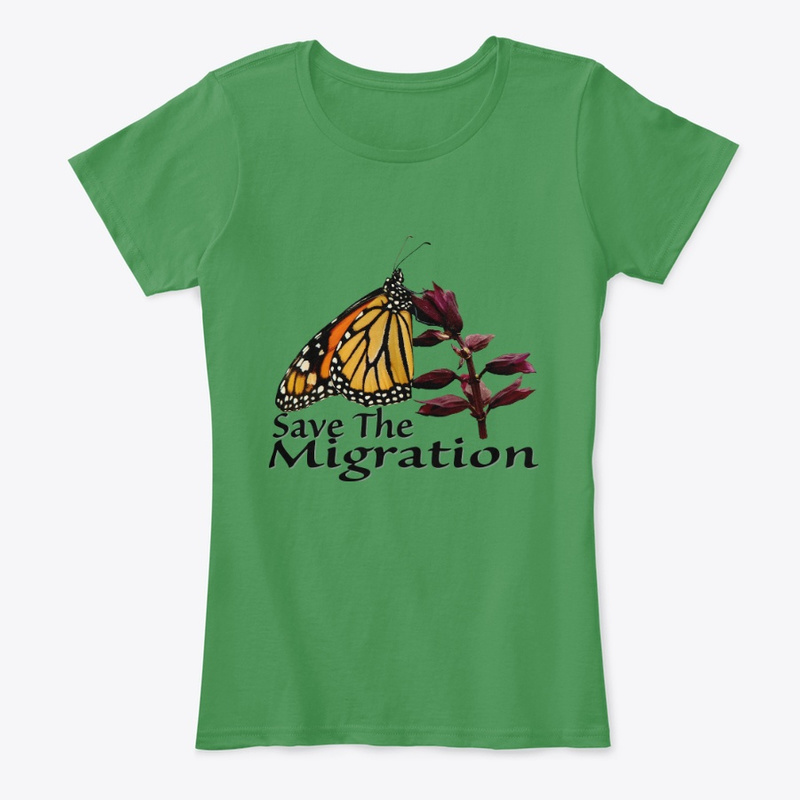
Use coupon code save20 for 20% off your purchase as a thank you for your readership and support of this website.

